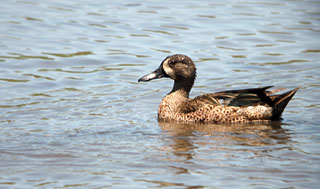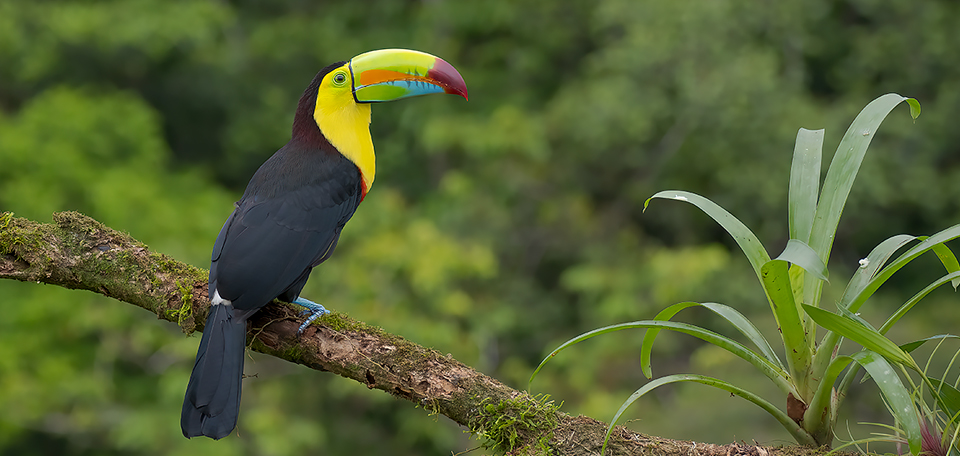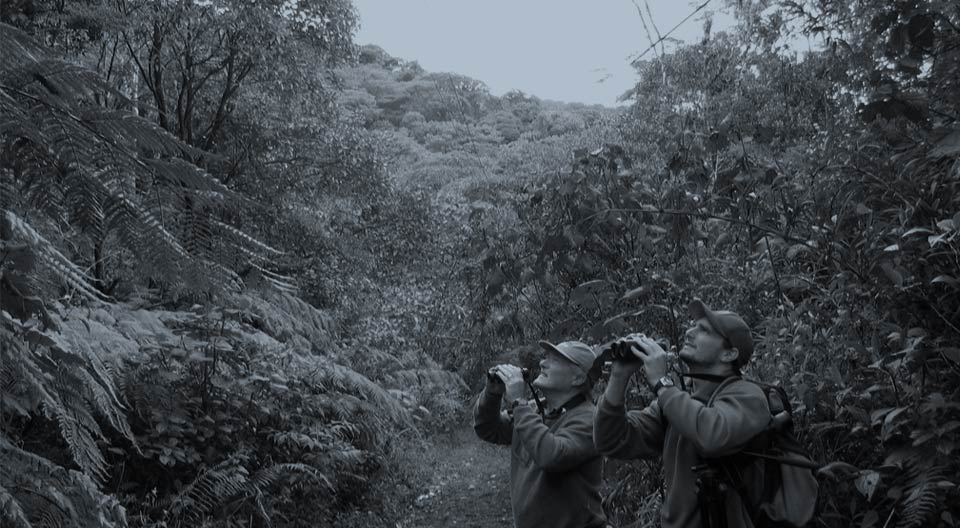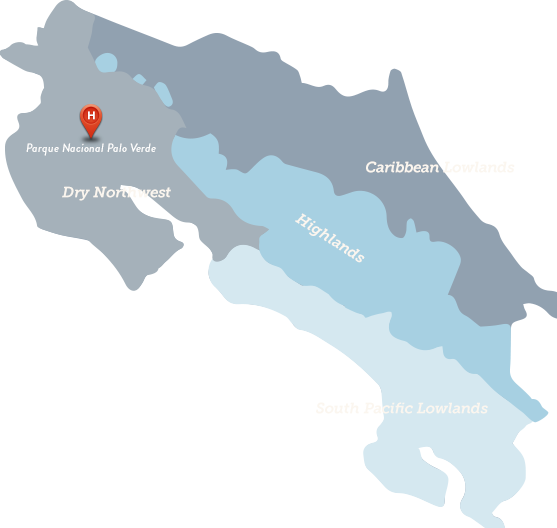
• Introduction:
The Palo Verde biological station is located in the heart of Parque Nacional Palo Verde, one of the best places for birdwatching in Costa Rica, where the typical avifauna of the tropical dry forest and wetlands can be observed. The remoteness of the biological station guarantees for a unique natural experience, and is the perfect setting for a wonderfull stay in one of the countries most sepctacular natural areas. Parque Nacional Palo Verde includes some of the last patches of tropical dry forest of Central America. There is also a large fresh-water marsh right in front of the biological station, fed by the nearby Tempisque River. The Palo Verde wetland has been declared as a Ramsar site because of it’s importance as breeding grounds for many resident birds of Costa Rica and wintering grounds for a lot of migratory species.
• Location:
Palo Verde biological station is located in the 16000 ha of Parque Nacional Palo Verde, about 40 kms west of the town of Cañas on the Pacific slope of Costa Rica’s Guanacaste province. To get to Palo Verde from San José one should follow The Interamerican Highway (highway nr 1) for about 200 kms untill the town of Bagaces and turn south and follow a dust road for about 35 km before getting to the national park. Estimated driving time from San José: 4 to 4,5 hours. (Geographical coordinates: 10° 21′ N, 85° 21 W)
• Facilities:
The Palo Verde biological station offers basic lodging in small rooms with private bathroom with hot water. Meals are offered cafeteria-style in the dining room that is shared with other natural visitors, staff and volunteers, students and scientists. There is also a small souvenir shop where snacks and soft drinks are sold.
About 11 kms of trails exist from the biological station going through beautiful tropical dry forest. From the biological station there are great views of the nearby wetland by a large wooden boardwalk.
• Birding and wildlife attractions:

Palo Verde is one of the top places for birdwatching in Costa Rica, where one can expect to see the typical birdspecies of the tropical dry forest, including some of the most colourfull birds of Costa Rica like the Turqoise-browed Motmot, White-throated Magpie-jay and White-fronted Parrot. Also common are Rufous-naped Wrens, Black-headed Trogon, Orange-fronted Parakeet, Yellow-naped Parrot, Cinnamon Hummingbird, Brown-crested Flycatcher, White-winged Dove, Spote-breasted and Streak-backed Orioles . A little harder can be White-lored Gnatcatcher, Banded Wren, Olive Sparrow, Rufous-capped Warbler, and the shy Long-tailed Manakin and Thicket Tinamou. Hidden in small bushes and thickets in or around more open areas one can expect to find also Stripe-headed Sparrows, Common Ground-doves and maybe even the elusive Lesser Ground-cuckoo…Blooming trees and shrubs should be checked for hummers; Green-breasted Mangos, Plain-capped Starthroat, Canivet’s Emerald and the migratory Rubby-throated Hummingbird can be observed. Also expect to see many raptors like Roadside and Gray Hawk, but also Snail Kite, Osprey, Mangrove Black Hawk and even Peregrine Falcons around the wetlands.
The cook at the biological station is always a good source of information for the location of some special birdspecies like the Great Currasow and Spectacled Owl…
The wetland can be really packed with thousands of waterbids. Deep in the dry season around March – April is the best time since all the birds will be concentrated in the few water that is left. Expect to see thousands of Black-bellied Whistling Ducks, with here and there a Fulvous-bellied Whistling Duck around them, Muscovy Ducks, and during northern winter also Blue-winged Teals and sometimes a rare migrant like American Coot or Northern Shoveler. Besides that one can see wintering Great Egrets, Cattle Egrets, Snowy Egrets, Little Blue and Tricolored Herons, Green herons and Great Blue Herons. Also Bare-throated Tiger-herons, Yellow-crowned Night-herons can be seen and so are Black-crowned Night-herons and Boat-billed Herons, eventhough they might be a bit more challenging to spot since they like to hide a bit more in the vegetation. Also common are Northern Jacanas , White Ibis, Wood Storks, Limpkins, Purple Galinules, Roseatte Spoonbills and Spotted and Solitary Sandpiper . A bit more luck is required to see the endangered Jabirú and the rare Glossy Ibis. Recommanded is to visit Palo Verde in the dry season from November till April, not only beacause of the dry weather and high concentration of waterbirds but also because many water-related birds are winterguests that migrate back to their breeding grounds around end of April– beginning of May (and return around September – October).



